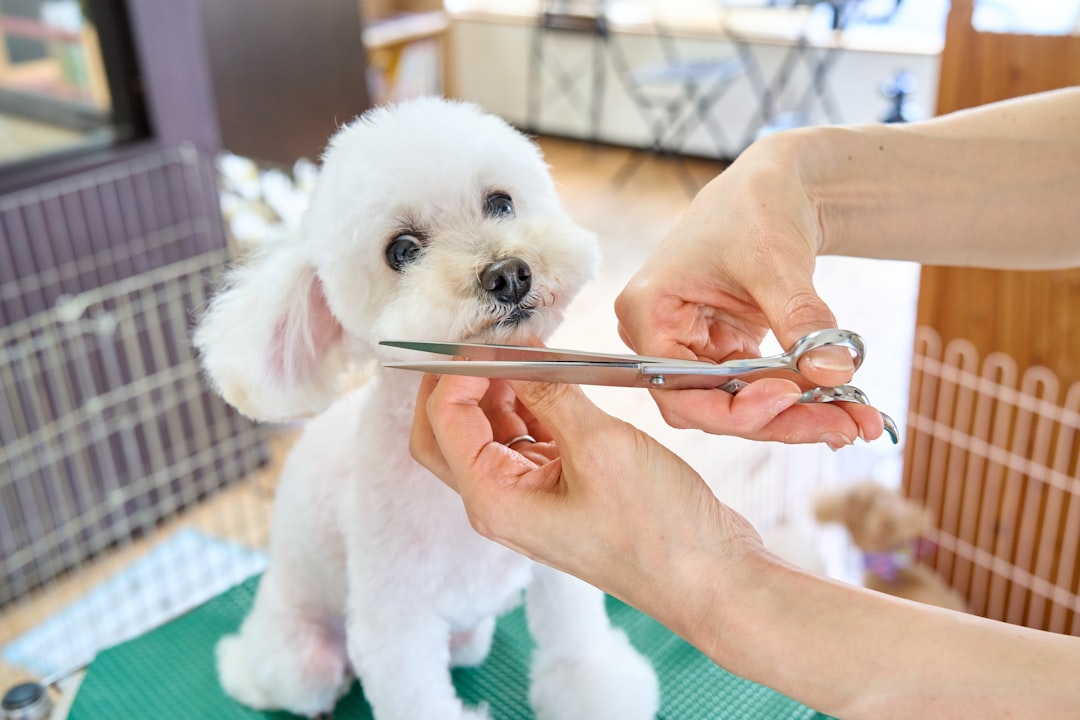No products in the cart.
The Rise of AI in Veterinary Science: Transforming Pet Care
AI is redefining veterinary science, enhancing diagnostics and creating new skills for future veterinarians.
In a world where technology is rapidly evolving, veterinary science is not left behind. Imagine a dog named Bella, once a daily visitor at the vet for her chronic skin condition. Now, thanks to advanced AI diagnostics, Bella’s condition is accurately assessed in a fraction of the time it used to take. This is not just a story of a pet’s recovery; it’s a narrative of how artificial intelligence is reshaping the landscape of veterinary medicine.
The intersection of AI and veterinary science is becoming increasingly significant. As pet owners demand faster, more accurate, and personalized care, veterinary practices are turning to technology to meet these expectations. In fact, a recent study shows that veterinary clinics utilizing AI tools have reported a 30% increase in diagnostic accuracy[1].

This technological shift is not merely a trend; it’s a revolution. AI algorithms can analyze thousands of cases in moments, identifying patterns that even seasoned veterinarians might miss. For instance, using AI, veterinarians can now predict the likelihood of certain diseases based on a pet’s genetic predisposition and environmental factors. This can lead to preventative measures that save lives and reduce costs for pet owners. But the implications extend beyond just diagnostics.
 Banking & Finance
Banking & FinanceNavigating the Mortgage Landscape: A Shift in Rates
As mortgage rates fluctuate, understanding these shifts is crucial for homebuyers and investors alike. Explore the implications of recent changes.
As AI tools become integrated into veterinary education, budding veterinarians are learning to harness these technologies to enhance their skills. Universities are now offering specialized courses in AI applications for veterinary science. This curriculum shift prepares students for a future where understanding AI is as crucial as mastering traditional veterinary practices. The goal is to create a workforce that is not only skilled in animal healthcare but also adept in technological innovation.
As AI tools become integrated into veterinary education, budding veterinarians are learning to harness these technologies to enhance their skills.
However, this transformation does not come without challenges. While AI can enhance efficiency and accuracy, it raises questions about the role of human judgment in veterinary care. Critics argue that over-reliance on technology may undermine the empathetic connection between pets and their caregivers. The relationship between a pet and its veterinarian is built on trust, and many fear that AI could interrupt this bond.
Moreover, there are concerns surrounding data privacy. AI systems require access to vast amounts of data to function effectively, and questions arise about how this data is collected, stored, and utilized. Ensuring the ethical use of animal data is paramount as this technology continues to evolve. Veterinary professionals must navigate these ethical waters carefully, balancing innovation with responsibility.
Despite these hurdles, the momentum behind AI in veterinary science is undeniable. The global pet care market is projected to exceed $200 billion by 2025, and with it, the demand for smarter, more efficient solutions will only grow[2]. This growth presents a unique opportunity for young professionals entering the field. As they equip themselves with both veterinary knowledge and technological expertise, they position themselves as indispensable assets in an ever-evolving marketplace.
 Business Innovation
Business InnovationInnovative Strategies in Product Development: Lessons from Top Firms
Leading companies are redefining product development strategies. Explore their innovative approaches and what it means for the future.
Read More →Women, in particular, are taking the reins in this new landscape. With an increasing number of female veterinarians leading tech-driven clinics, the profession is seeing a surge of innovation. For instance, Dr. Emily Tran, a pioneer in AI-assisted diagnostics, is transforming her local veterinary practice into a tech-savvy hub that not only treats animals but also mentors future veterinarians in the use of AI tools. Her story exemplifies how women are not only participating in the tech revolution but also spearheading it.
The future of veterinary science, intertwined with AI, is bright yet complex. The challenges are real; however, the potential benefits are staggering. As we move into this new era, young professionals must adapt, embracing both the technological advancements and the ethical considerations that come along with them. The blend of compassion and technology will shape the future of veterinary medicine.
This growth presents a unique opportunity for young professionals entering the field.
In this rapidly changing environment, one thing is clear: the bond between pet and veterinarian will endure, reinforced by the very technologies that seek to enhance it. As we watch this narrative unfold, it’s a reminder that in the world of veterinary science, the heart will always matter, even as the mind embraces innovation.











